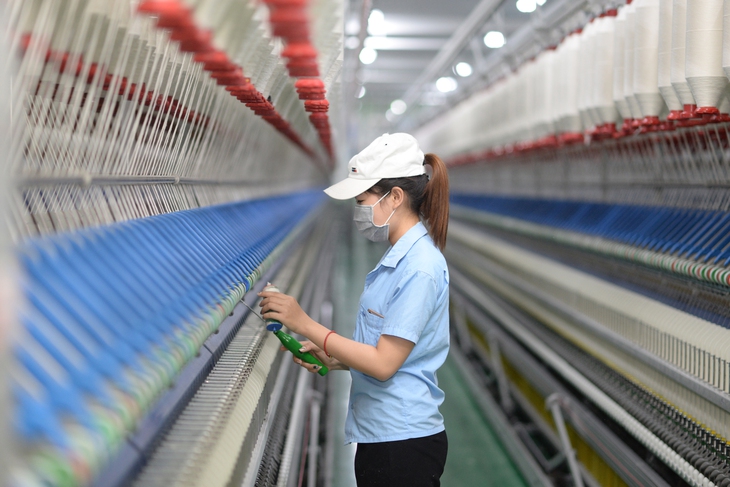
The need to increase added value and labor productivity for export industries such as textiles and garments becomes more urgent when the US imposes reciprocal tariffs - Photo: Q.NAM
These are the solutions to deal with the US's reciprocal tax proposed by Dr. Nguyen Duc Thanh - Chairman of the Scientific Council of the Vietnam Center for Economic and Strategic Studies (VESS) - in a private conversation with Tuoi Tre.
"The reciprocal tax is not a product of President Donald Trump's personal whim. It is a strategic calculation to strengthen the US manufacturing industry in the long term," Mr. Thanh emphasized.
Choosing a Countervailing Tax Response Policy
The policy of imposing a 46% reciprocal tax on Vietnamese goods exported to the US has come into effect, creating many challenges for the economy. With a relatively small economic scale, Vietnam has a certain advantage in negotiating or choosing a response policy. However, it should be noted that in the future there will be an import tax on the US of no less than 10%, as Singapore has accepted.
According to Dr. Thanh, the ideal tax rate for goods exported from Vietnam would be 25%, depending on negotiations and policy implementation efforts. Enterprises need to reposition their production structure and value-added structure in products to maintain access to the US market, while also needing reforms and transparent, trustworthy messages.
First, it is necessary to open up to trade and investment from the US to improve the scale of imports. Increased imports will put pressure on domestic enterprises, but it is not entirely negative. The competitive environment forces enterprises to reposition, innovate, and create motivation to upgrade skills.
Second, imports may be more supportive than competitive, benefiting consumers and manufacturing firms (such as providing inputs).
Third, American investment will create jobs and new economic structures. Investment often comes with imports from the investing country, so reforming the investment environment to be favorable to American businesses will help improve the trade balance.
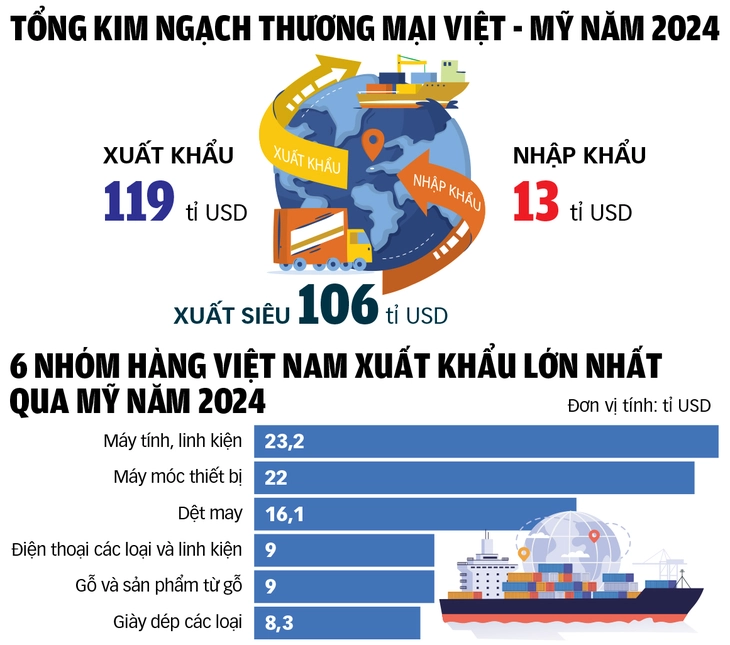
Source: Ministry of Industry and Trade - Data: Bao Ngoc - Graphics: TUAN ANH
Focus on real production
Countries with high tariffs like China, with large economies, do not have the same advantage as Vietnam in negotiations. They will find solutions to devalue their currencies to overcome tariff barriers, making goods cheaper when entering the Vietnamese market, while Vietnamese exports become more expensive.
Vietnam finds it difficult to block goods with tariffs due to signed trade agreements. At the same time, the surplus of goods from major countries due to being blocked from entering the US market creates pressure on supply. Consumers may benefit from more diverse and cheaper goods, but businesses will have difficulty in consumption, affecting long-term economic strength.
The difficulty of being imposed a 46% reciprocal tax by the US not only causes a decline in exports to the US but may also affect exports to other major partners such as China. This is a big challenge because Vietnam's economy relies heavily on exports.
To deal with the excessively high counterpart tax, Dr. Thanh proposed a number of solutions. In the short term, the Government can use macroeconomic tools such as exchange rates or interest rates, but it needs to be cautious to "reserve" policy space for emergencies and avoid being accused by the US of currency manipulation.
According to him, it is necessary to focus on policies for real production, that is, supply-side policies that General Secretary To Lam has been promoting over the past six months.
First, we need a transparent and fair reporting and certification system for the origin of exported products. This system helps classify groups of goods with real added value in the economy, orients negotiations for national interests, and demonstrates goodwill to the US in controlling disguised imports.
Second, efforts to improve the business environment for enterprises. We have talked a lot but there has not been much improvement due to the inertia of the management apparatus. Only real choices can respond to the changing world.
Third, invest in building an energy supply system because this is an important input factor.
At the same time, promoting the import of liquefied gas from the US demonstrates goodwill to improve the trade balance. Energy self-sufficiency from new sources or nuclear energy will determine the country's sustainable development.
Mr. Nguyen Quang Dong (Director of the Institute for Policy Research and Media Development):
Demonstrating the benefits of US businesses in Vietnam
In recent years, the US has had a strong trade surplus with Vietnam in the service sector through large technology corporations such as Google, Meta, Amazon, Netflix, and Microsoft. The annual tax these corporations pay for contractors amounts to thousands of billions, showing that their revenue from Vietnam is not small.
But the US only counts tangible goods in its trade balance, not services. Therefore, Vietnam needs to recalculate its trade deficit in goods and services from the US to clarify the benefits of US businesses in the Vietnamese market.
Besides, it is necessary to express goodwill to receive products and services from the US by removing non-tariff barriers such as amending the Advertising Law.
Professor Ha Ton Vinh (economic expert):
Increase US purchases
The biggest concern for the US is that Vietnam buys too few American goods. To reduce the reciprocal tax, we have to buy more American goods.
There are currently three groups of customers who can increase their purchases of American goods: families and individuals can increase their purchases of pharmaceuticals, cosmetics, and food; domestic enterprises can increase their purchases of machinery and materials; and the State can increase its purchases of weapons and equipment.
To negotiate successfully, the US wants Vietnam to do four things: increase purchases of US goods; eliminate goods from third countries disguised as Vietnamese goods exported to the US; reduce tariffs on US goods; and protect intellectual property rights.
During the recent visit of the Minister of Industry and Trade to the US, the two sides signed a memorandum of understanding on Vietnam purchasing 90 billion USD worth of US goods.
Source: https://tuoitre.vn/viet-nam-ung-pho-voi-thue-doi-ung-dinh-hinh-lai-san-xuat-trong-nuoc-20250410082703428.htm


![[Photo] Buddha's Birthday 2025: Honoring the message of love, wisdom, and tolerance](https://vphoto.vietnam.vn/thumb/1200x675/vietnam/resource/IMAGE/2025/5/12/8cd2a70beb264374b41fc5d36add6c3d)
![[Photo] Prime Minister Pham Minh Chinh starts construction of vital highway through Thai Binh and Nam Dinh](https://vphoto.vietnam.vn/thumb/1200x675/vietnam/resource/IMAGE/2025/5/12/52d98584ccea4c8dbf7c7f7484433af5)





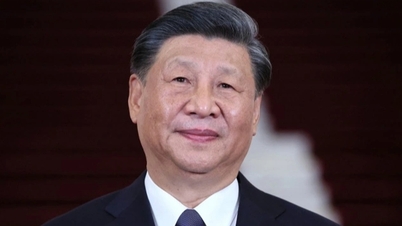
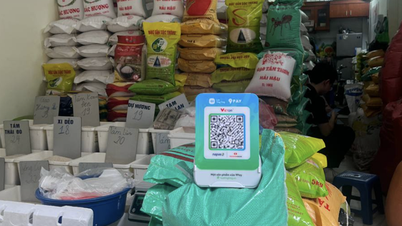
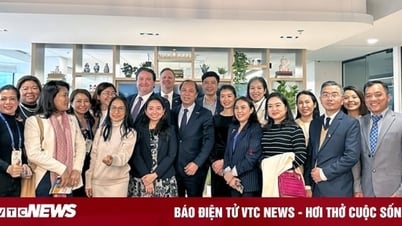
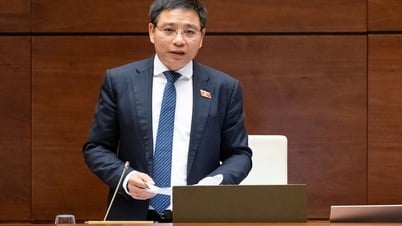











![[Photo] General Secretary To Lam meets and expresses gratitude to Vietnam's Belarusian friends](https://vphoto.vietnam.vn/thumb/1200x675/vietnam/resource/IMAGE/2025/5/11/c515ee2054c54a87aa8a7cb520f2fa6e)








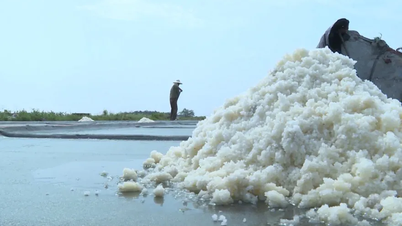








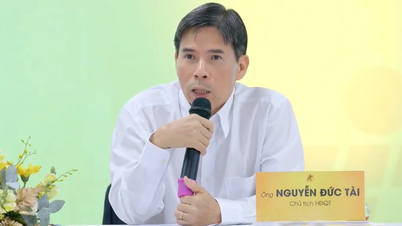






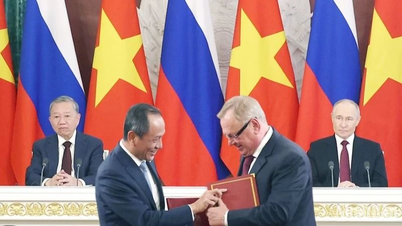


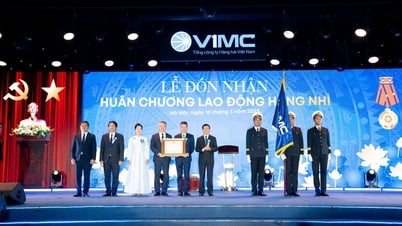




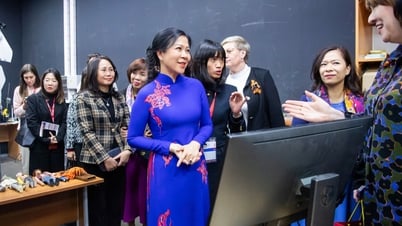

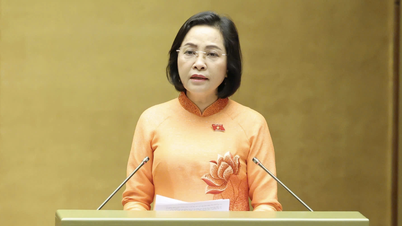

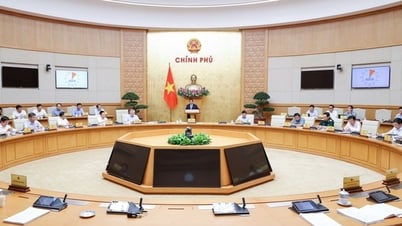


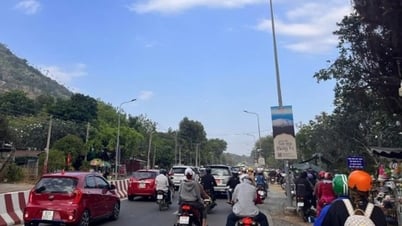







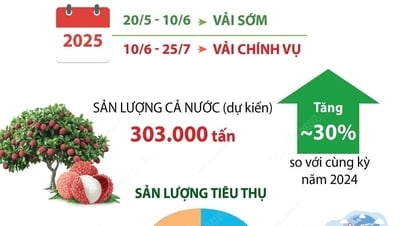

















Comment (0)